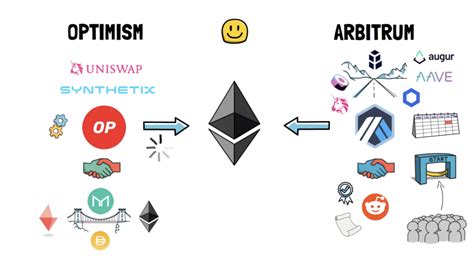بلاگ
Ethereum: Why a zk-rollup should provide data availability given it can use zkp to prove correctness?
Unlocking data availability using ZK-Rollups: because ZK-CRP provides unparalleled security
The concept of Zero-Tookledge evidence (ZKP) has long been considered safe to demonstrate the correctness of the calculation without disseminating any sensitive information. However, ZK-Rollps data, this seems to be a paradoxical approach to an important question: why do Zkrp mechanisms like ZK-CRP provide access to data? In this article, we will examine the intersection between ZKP and ZK-Rollups, underlining the advantages and restrictions of both opinions.
ZKP Paradox
The basic principle of ZKP is to demonstrate that education is correct without disseminating any information on the input or output. This can be achieved using various methods such as commitment schemes, evidence of zero knowledge and evidence of the bag. However, this innate requirement of mystery is presented with Catch: if you want to keep certain private information, it is also necessary to carefully select the protocol.
ZK-CRP: proof of justice without dissemination
ZK-CRP is a proof of a sort of zero knowledge that includes the use of commitment schemes and bag functions to demonstrate that the affirmation is true. The main idea is to commit the input \ (x \) using a private key and therefore use this value engaged as input for another calculation. This calculation creates the result \ (y \), which can be used to verify the initial commitment.
The essence of ZK-CRP is that it provides a way to demonstrate justice without disseminating any information on the input or output. Using a BAG function to calculate the output from the committed input, it is possible to show that the initial input was actually correct.
ZK-ROLLUPS: By combining ZKP and ZK-SNARKS
Zk-Rollup is a blockchain class that uses “delivery” protocols to process different operations in parallel. These protocols usually include the use of commitment patterns such as Zero Knowledge (ZKP) and Bag obligations to ensure data access.
In the traditional ZK-Protocol, the user’s personal keys are used to determine the values based on the storage agreement or other storage levels. The calculation is then performed according to these values engaged to obtain the output. This process can be considered a series of steps:
- Commitment: the user shares his input \ (x \) with a reliable country.
۲
۳
ZK-Rollups are performed with ZKP methods such as ZK-CRP or similar protocols that allow users to demonstrate justice without disseminating sensitive information. This is achieved using a private key function and bags to calculate the output with a committed value.
Availability of ZK-Rollup data
Now that we have studied because ZK-CRP provides the availability of data in ZK-Rollups in the context, let’s examine how it works:
* The liabilities are based on : when the user undertakes to input \ (x \) using a private key, they share a commitment with the Rollup protocol.
* The functions of the stock exchange are based on : the function of the bag calculates the Output \ (y \) value, based on a busy value and personal key of the user. This output is therefore used to ensure the accessibility of data for blockchain.
* To demonstrate justice without dissemination : using ZK-CRP, users can demonstrate that their contribution was actually corrected without disseminating any sensitive information.
ZKP restrictions

While ZKP is an effective way to demonstrate justice without revealing sensitive information, there are restrictions:
* Scaling : Current ZKP protocols can be slow and ineffective for large -scale operations.
* Interaction : ZKP can be incompatible with existing architecture or blockchain protocols.
